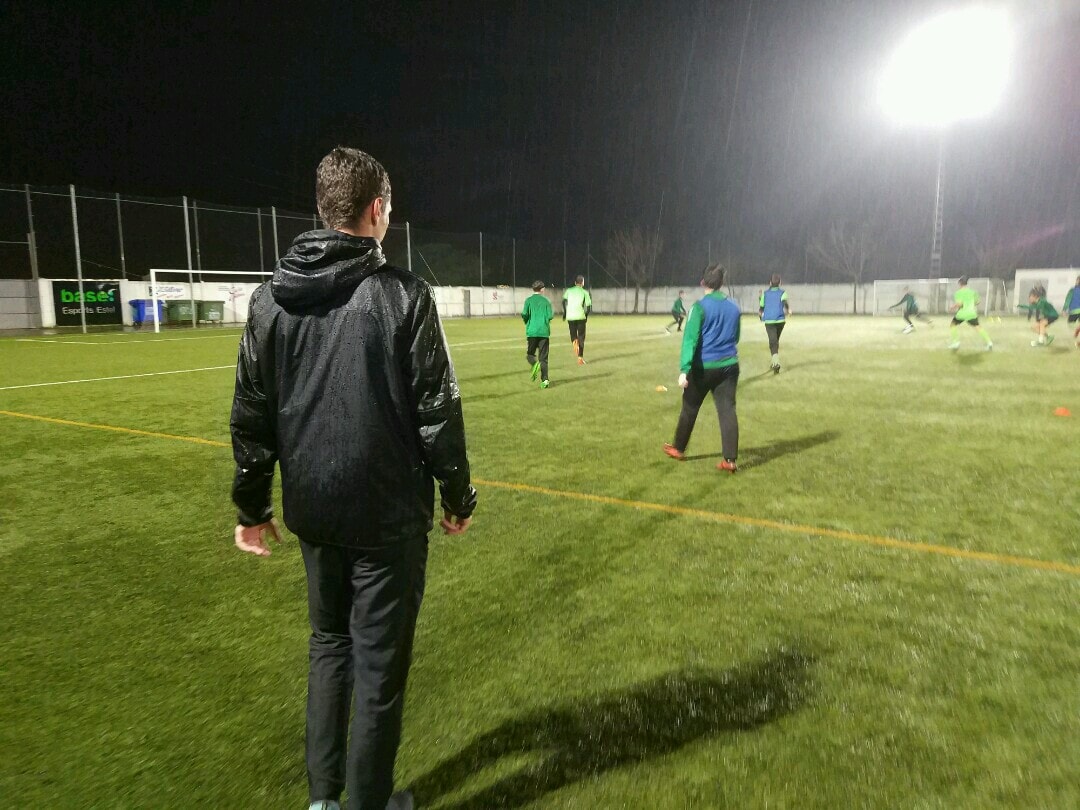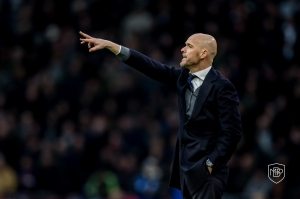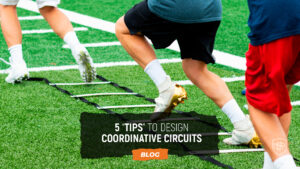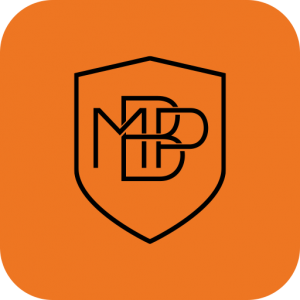[et_pb_section bb_built=”1″ inner_width=”auto” inner_max_width=”none”][et_pb_row][et_pb_column type=”4_4″][et_pb_text]
In any teaching-learning process, in our case in the grassroots context, we believe it is essential before we start designing how we teach our players in terms of: contents, teaching strategies, etc. It is essential to know how children learn and what are the steps that every person must follow in a learning process without exception to master the objective ability.
One of the interesting principles that sustain this same idea that we try to transmit is the learning ladder or the consciousness ladder of Noel Burch. This principle, speaks to us that every human being, to fully learn some ability must always pass through 4 levels of consciousness;
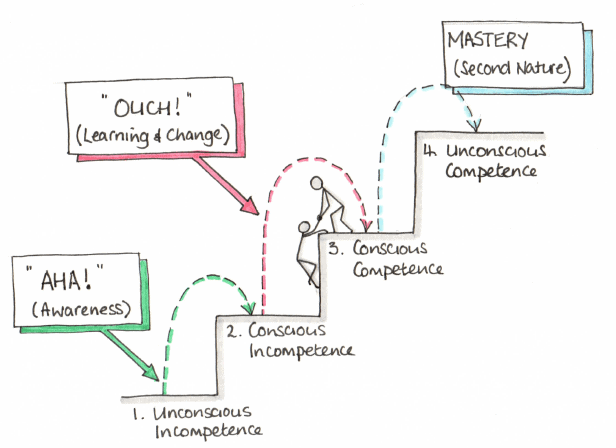
1. Unconscious incompetence
It refers to the first step of a learning process. When the person “does not know that he does not know”.
For example, Luca is a 9-year-old soccer player on our team. He started playing soccer a year ago, and does not know that he does not master the action of oriented control, since he completely ignores their existence or use, and uses only simple controls when the ball arrives in order to stop it and return it to a companion.
2. Conscious incompetence
It refers to when a person becomes aware that there is some skill that does not dominate, and puts his attention on wanting to improve it. When the person “knows he does not know”.
For example, Luca on Monday comes to training and his coach tells him that they are going to start practicing oriented control. He does not know what it is, but the coach explains them, demonstrates them and discusses their advantages, starting from that same day, the coach proposes exercises in the training to practice it. Now Luca is already aware that there is something he does not master, and he puts all his effort into training to learn how to do it.
3. Conscious competence
It refers to when a person, after having practiced and trained a specific skill, gets his mastery. This person then goes on to “know what he knows” to perform that action or set of actions, although he must consciously pay attention to each and every one of his steps so as not to make mistakes or perform them incorrectly.
For example, Luca after 2 months of oriented control training and all his slogans, manages to dominate the action by paying full attention to it every time a similar action occurs. With this, he succeeds in most of his actions.
4. Unconscious competence
It is the last step of the learning ladder. It refers to when a person, after obtaining many experiences in the action he has learned, is able to do it correctly without having to involve a specific and conscious attention so that it goes well. The person “does not know what he knows”.
For example, Luca a few years after training and mastering the action of oriented control, is able to do it correctly every time he receives the ball and in a totally unconscious way, now involving all his attention in other more complex actions that he has not yet dominates 100%.
[/et_pb_text][et_pb_divider _builder_version=”3.22.7″ z_index_tablet=”500″ /][/et_pb_column][/et_pb_row][et_pb_row][et_pb_column type=”1_3″][et_pb_image _builder_version=”3.22.7″ src=”https://mbpschool.com/wp-content/uploads/2019/02/Percepcion-Imagen.png” z_index_tablet=”500″ /][/et_pb_column][et_pb_column type=”2_3″][et_pb_text _builder_version=”3.22.7″ text_text_shadow_horizontal_length=”text_text_shadow_style,%91object Object%93″ text_text_shadow_vertical_length=”text_text_shadow_style,%91object Object%93″ text_text_shadow_blur_strength=”text_text_shadow_style,%91object Object%93″ link_text_shadow_horizontal_length=”link_text_shadow_style,%91object Object%93″ link_text_shadow_vertical_length=”link_text_shadow_style,%91object Object%93″ link_text_shadow_blur_strength=”link_text_shadow_style,%91object Object%93″ ul_text_shadow_horizontal_length=”ul_text_shadow_style,%91object Object%93″ ul_text_shadow_vertical_length=”ul_text_shadow_style,%91object Object%93″ ul_text_shadow_blur_strength=”ul_text_shadow_style,%91object Object%93″ ol_text_shadow_horizontal_length=”ol_text_shadow_style,%91object Object%93″ ol_text_shadow_vertical_length=”ol_text_shadow_style,%91object Object%93″ ol_text_shadow_blur_strength=”ol_text_shadow_style,%91object Object%93″ quote_text_shadow_horizontal_length=”quote_text_shadow_style,%91object Object%93″ quote_text_shadow_vertical_length=”quote_text_shadow_style,%91object Object%93″ quote_text_shadow_blur_strength=”quote_text_shadow_style,%91object Object%93″ header_text_shadow_horizontal_length=”header_text_shadow_style,%91object Object%93″ header_text_shadow_vertical_length=”header_text_shadow_style,%91object Object%93″ header_text_shadow_blur_strength=”header_text_shadow_style,%91object Object%93″ header_2_text_shadow_horizontal_length=”header_2_text_shadow_style,%91object Object%93″ header_2_text_shadow_vertical_length=”header_2_text_shadow_style,%91object Object%93″ header_2_text_shadow_blur_strength=”header_2_text_shadow_style,%91object Object%93″ header_3_text_shadow_horizontal_length=”header_3_text_shadow_style,%91object Object%93″ header_3_text_shadow_vertical_length=”header_3_text_shadow_style,%91object Object%93″ header_3_text_shadow_blur_strength=”header_3_text_shadow_style,%91object Object%93″ header_4_text_shadow_horizontal_length=”header_4_text_shadow_style,%91object Object%93″ header_4_text_shadow_vertical_length=”header_4_text_shadow_style,%91object Object%93″ header_4_text_shadow_blur_strength=”header_4_text_shadow_style,%91object Object%93″ header_5_text_shadow_horizontal_length=”header_5_text_shadow_style,%91object Object%93″ header_5_text_shadow_vertical_length=”header_5_text_shadow_style,%91object Object%93″ header_5_text_shadow_blur_strength=”header_5_text_shadow_style,%91object Object%93″ header_6_text_shadow_horizontal_length=”header_6_text_shadow_style,%91object Object%93″ header_6_text_shadow_vertical_length=”header_6_text_shadow_style,%91object Object%93″ header_6_text_shadow_blur_strength=”header_6_text_shadow_style,%91object Object%93″ z_index_tablet=”500″]
Perception
Practical examples of exercices to work perception with your team.
[/et_pb_text][et_pb_button _builder_version=”3.22.7″ button_text=”Download perception ebook” button_url=”/?page_id=2432″ button_text_shadow_horizontal_length=”button_text_shadow_style,%91object Object%93″ button_text_shadow_vertical_length=”button_text_shadow_style,%91object Object%93″ button_text_shadow_blur_strength=”button_text_shadow_style,%91object Object%93″ z_index_tablet=”500″ /][/et_pb_column][/et_pb_row][et_pb_row][et_pb_column type=”4_4″][et_pb_divider _builder_version=”3.22.7″ z_index_tablet=”500″ /][/et_pb_column][/et_pb_row][/et_pb_section]

